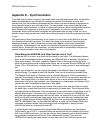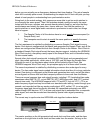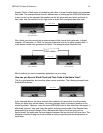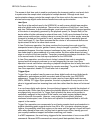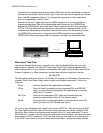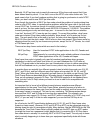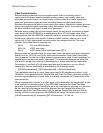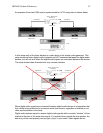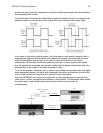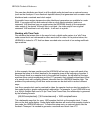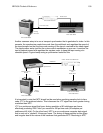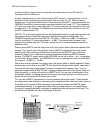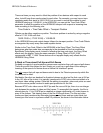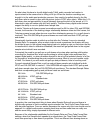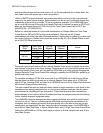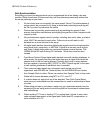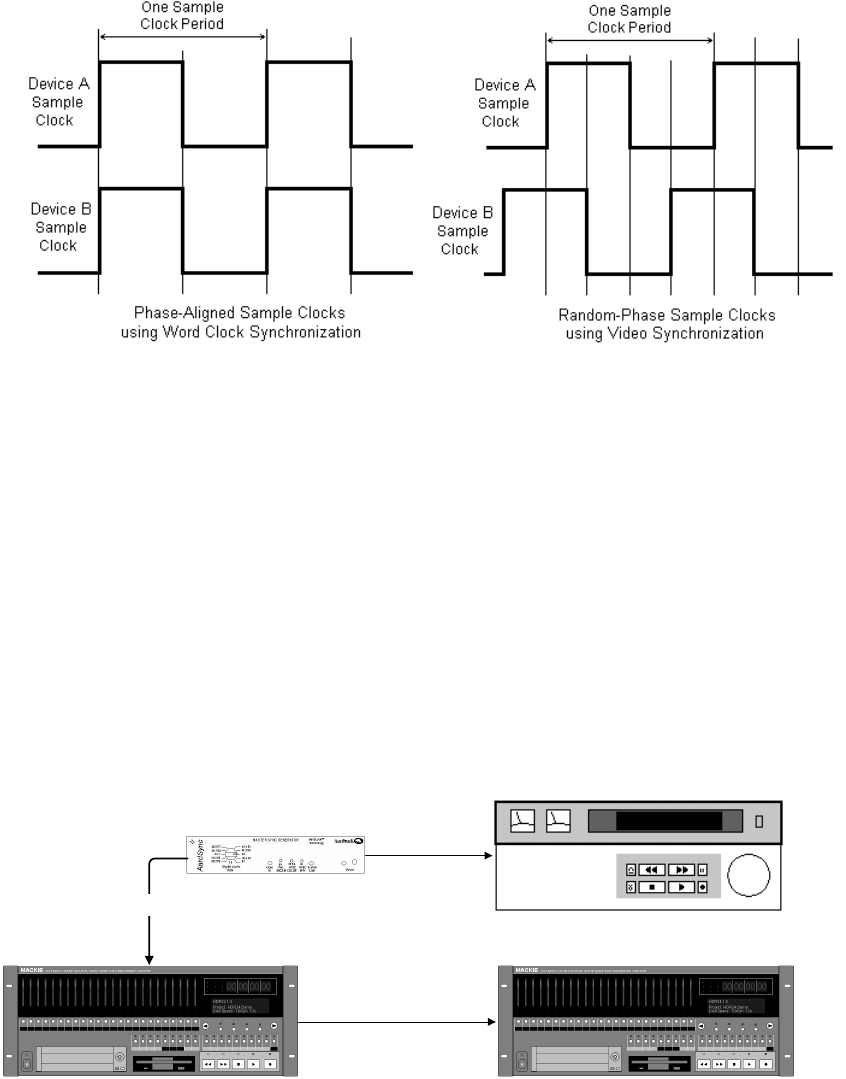
HD24/96 Technical Reference 98
provide the timing accuracy necessary to insure that digital audio signals are received within
the acceptable time window.
The picture below illustrates the relationship between the sample clocks of two digital audio
devices locked to a common word clock signal (left) and a common video signal (right).
In the case of word clock synchronization, the rising edge of each device’s sample clock is
always phase-aligned such that digital audio signals are always transmitted and received
within the acceptable time window. In the case of video synchronization, the phase
relationship of the sample clocks drifts randomly such that, at times, digital audio signals
may fall outside the acceptable time window. Additionally the phase relationships often vary
over time due to the nature of the video resolving circuitry.
To solve this problem, whenever video is used to synchronize analog audio/video and digital
audio equipment together, all digital audio equipment should be synchronized to word clock
from a single master clock source that is resolved to the video signal.
Since the HDR24/96 can resolve its sample clock to video and generate a resolved word
clock output, it offers a straightforward solution to this problem. The illustration below shows
the proper way to make digital audio devices synchronize to picture under all
circumstances.
Video / Word Clock
Generator
Video Slave
Clock Slave
Video Slave /
Clock Master
Blackburst
VTR
Video-Resolved
Word Clock
Blackburst



